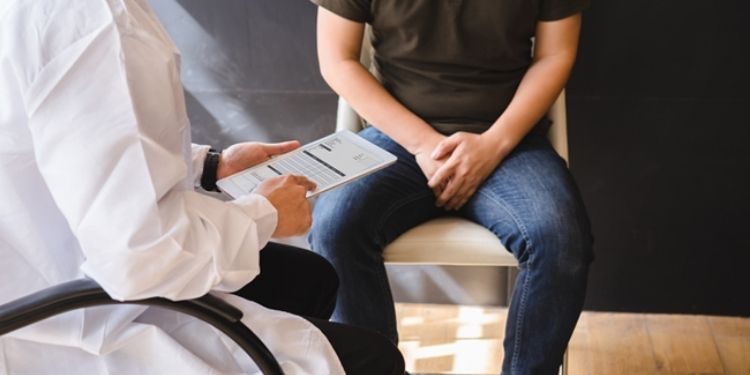Where to Get a Vasectomy? A Brief Guide Every child

The birth of a child is one of the most cherished moments in one’s life. Every child is special and needs to be cared for and brought up responsibly. However, instances of a child being not given proper care takes place when the parents have already a full family. That is why it is necessary to consider proper family-planning. It is not always the responsibility of the woman to do so. Even their male partner can take a decision in this regard. They can opt for Vasectomy which is one of the safest forms of male contraceptive available.
Whether or not a man decides to have a vasectomy is a personal decision. The procedure itself can be time-consuming, so it must be considered carefully before being taken lightly.
First off, where do you find a doctor or clinic that offers vasectomies? Some options include:
- Your general practitioner.
- A urologist (a specialist in the male reproductive system; often found through your general practitioner.)
Many places offer free services regarding birth control and family planning and may also offer vasectomies or refer you to someone who can perform them. You could also contact your general practitioner directly and ask if they perform the surgery and how much it would cost.
Where to get a vasectomy? Finding the right doctor is important
If you are thinking about where to get a vasectomy, there are many options, not all clinics will be convenient to every location. If you do not have a good relationship with your general practitioner or cannot afford to see a urologist, check out the internet for more affordable options. If you want the procedure done as soon as possible, ask your general practitioner for referrals.
Before actually making an appointment to see a doctor, do some research. With the information you gather, you will know what questions to ask during your consultation (and possibly save yourself some time). Some basic questions may include:
∘ Will I need someone to drive me?
∘ How many appointments are needed for the surgery?
∘ What is the cost of this procedure?
∘ Can I go back to work right away after my surgery?
∘ What should I do if any complications or problems arise during my recovery period?
If several follow-up appointments with your doctor are required, be sure that they are available before scheduling an actual date for your surgery. Finding out will help you get any time off of work or school that you may need.
When visiting a clinic, be sure to also bring the following items with you:
- Insurance information (if applicable.)
- A list of all medications you are currently taking.
- The name and contact information for your primary care physician.
Some places will require this information before seeing you, while others will ask about it during your appointment. Before going in, have everything ready so as not to waste your doctor’s time and avoid forgetting important details. Being prepared before the appointment is much better than rescheduling or waiting another day because something was forgotten or not considered beforehand. However, patients sometimes report a mild ache or pressure around the surgery site from time to time. The feeling is so subtle that most men don’t even notice it.
After doing research and asking the necessary questions, prepare yourself for the days leading up to your surgery. You may be required to fast (in some cases, refrain from eating or drinking anything four hours before the procedure) and abstain from getting physically intimate with your partner. It is better to have a detailed talk the doctor to know what is necessary before the surgery. Getting a vasectomy is a big decision and the first step to this is to decide where to get a vasectomy. Make an informed choice, as your choice matters.
The no-scalpel vasectomy method has been in use since 1991, and a lot of successful procedures have been carried out. In a conventional vasectomy, the doctor may use a scalpel or sharp hemostat to make one or two small cuts in the skin of the scrotum just big enough for him to work with. The vas deferens are then isolated and cut, tied off, or cauterized, and the opening in the skin closed with stitches which must be meticulously removed to avoid scarring.
When performed correctly, both methods are equally effective at preventing pregnancy. However, the scalpel free vasectomy method has several advantages. Because it involves making much smaller openings than can be made using a scalpel, there is less bleeding and swelling after surgery, making a recovery easier for patients undergoing no-scalpel vasectomy. Also, the no-scalpel vasectomy method is much less traumatic to the surrounding area, reducing infection risk.
In contrast to a no-scalpel vasectomy, there are usually four small incisions on each side of the scrotum from a conventional vasectomy. These increase the chances of scarring and skin numbness at the incision sites. To close either type of incision, doctors use dissolvable sutures that don’t need to be removed by a doctor.
Recommended For You
Spread the loveSexual health is an essential aspect of personal well-being. If you’re based in London and need STI testing,
Spread the loveIn today’s fast-paced world, managing your health effectively is more important than ever – especially for those of
Spread the loveThe EGFR blood test is an important way to check how well the kidneys are working. It checks




